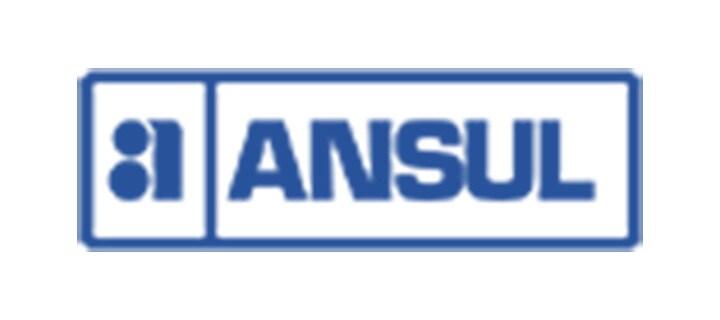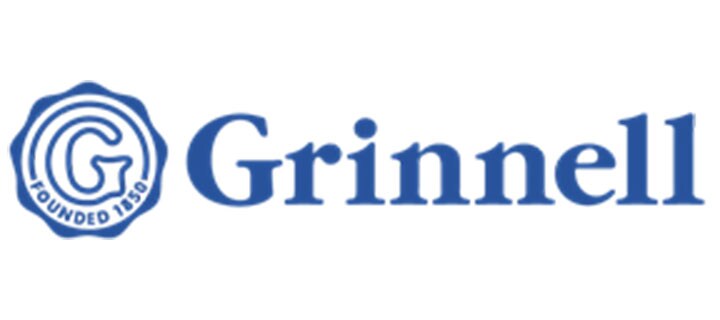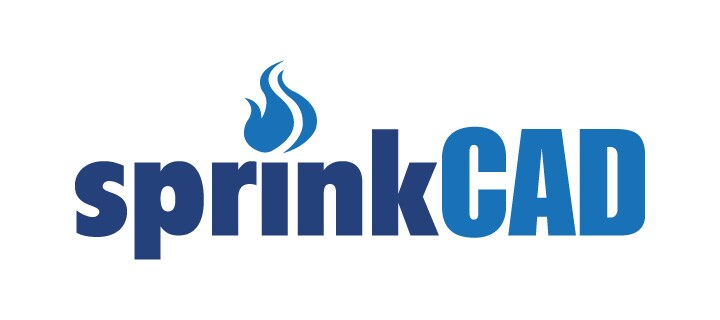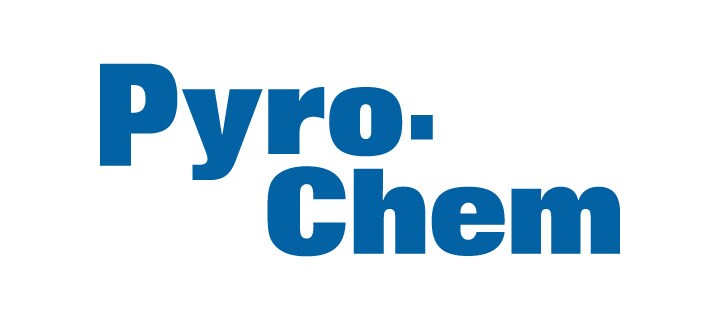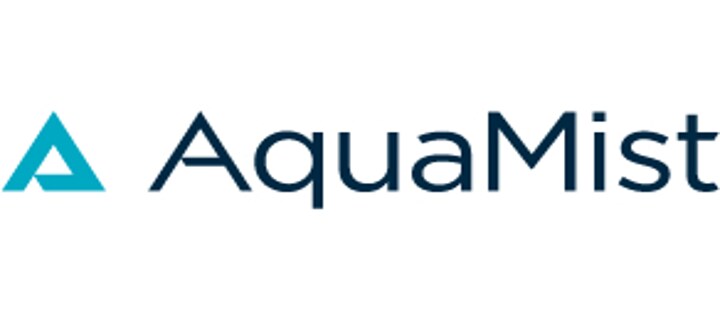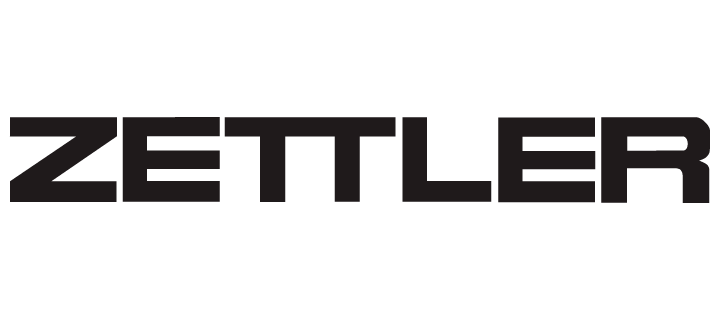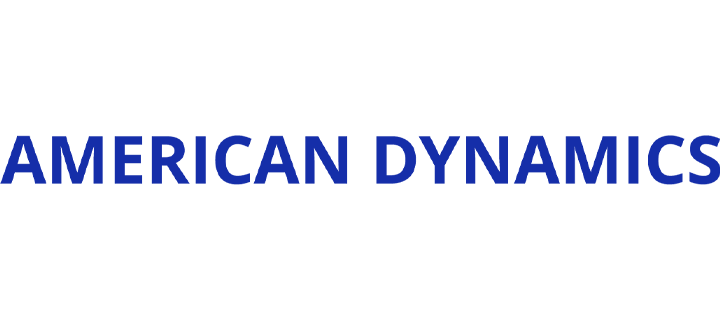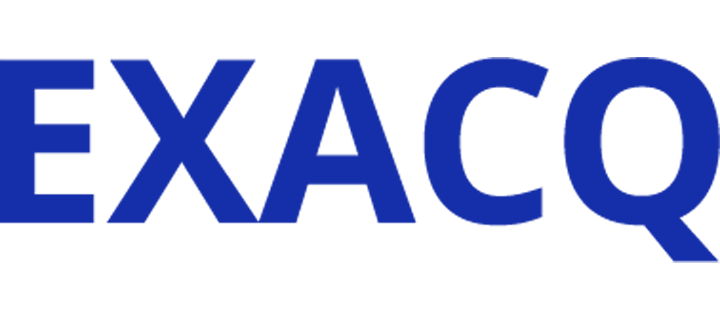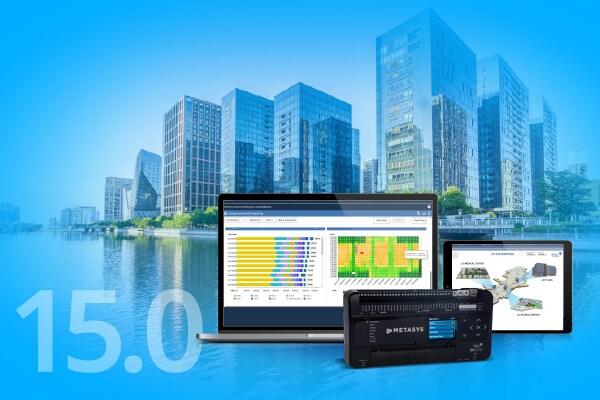- Johnson Controls
- Building Insights
- Utilizing data for safer, more efficient healthcare facilities
Utilizing data for safer, more efficient healthcare facilities
Experts from Johnson Controls attended the 2019 CHES British Columbia Annual Trade Show & Education Forum to connect with healthcare leaders. Pictured from left are Tim Walden, Cansin Yang, Julie Brown, Inge Holvik, Juan Gutierrez and John Stewart.

 By Julie Brown, Institutional Market Leader, Johnson Controls
By Julie Brown, Institutional Market Leader, Johnson Controls
The healthcare industry has been transitioning to stronger patient-centric care as professionals remain focused on patient outcomes rather than measuring quantitative performance. For example, as opposed to concentrating on the number of heart procedures, the industry cares more about how well the healthcare system is treating people with heart diseases. As a result, healthcare security professionals have also realized the benefits of a similar outcomes-driven approach to ensuring patients, staff and visitors are protected.
Healthcare systems have historically measured the success of their safety programs by tracking the number of security incidents they’ve responded to. Today, they are starting to switch their strategy to pay more attention to the “how.” How is the healthcare system responding to security issues? Answering this question can help healthcare directors see how many times their security personnel and technologies were able to help deescalate a situation, which can ultimately assist with preventing emergencies in the future.
For more healthcare systems to move toward an outcomes-focused security strategy, it’s important for healthcare directors to understand the benefits of leveraging smart, connected security technologies. I had the pleasure of leading the discussion, “Creating a Safe Environment for Patients and Staff Through Connected Converged Security,” at the 2019 CHES British Columbia Annual Trade Show & Education Forum, hosted by the Canadian Healthcare Engineering Society. The session centered around how data can improve the efficiency of security and safety operations throughout healthcare systems, leveraging false alarms as a key use case of an increasing issue impacting the industry. False alarms can not only take attention away from emergency alarms, but they can also negatively affect patient care.
Ensuring a safe, secure environment where patients can receive optimal care and heal comfortably will always be a top priority for the healthcare industry, and now data analytics can help.
Johnson Controls False Alarm Reduction Services (FARS) and Assurance Services can help tame nuisance alarm activity and detect problems from your security assets. Both platforms utilize artificial intelligence (AI) and machine learning (ML) to analyze system and building data. The actionable insights can be used to proactively identify and address risks, for example:
- FARS is a cloud-based platform that can determine the root cause of false alarms and assists with stopping the activities that trigger them. The technology can also offer suggestive maintenance and configuration within systems. It has the capabilities to ingest data from multiple sources and initiate risk assessments to help eliminate alarm noises and unnecessary emergency response. In a hospital for example, when a visitor enters through an exit door, a facility manager can be notified of the event in real-time and determine the best course of action based on historical patterns and insights from across the facility’s building systems. FARS ultimately can help save time and resources while simultaneously reducing associated costs and ensuring that staff can maintain efficient care.
- Assurance Services takes an inventory of all physical security devices – such as intrusion panels and video surveillance systems – to create an inventory of all security assets and “maps” them for a digital rendering of facilities, systems and assets. If maintenance is required, repairs can be handled remotely (pending the problem) reducing system downtime. This allows for constant and consistent facility safety and compliance, which is crucial in a healthcare setting as many operate 24/7.
Ensuring a safe, secure environment where patients can receive optimal care and heal comfortably will always be a top priority for the healthcare industry, and now data analytics can help. From root cause analysis and predictive maintenance to suggestive configurations, actionable insights allow for more efficient security measures and offer greater return-on-investment, while allowing providers to stay focused on what they know best: their patients’ needs.
Related Items
FM:Systems
Johnson Controls expands OpenBlue digital buildings capabilities with acquisition of workplace management software leader FM:Systems.
Ensuring student safety with advanced technology in a southeastern school district
The rise of tragic incidents on school campuses in recent years has drastically changed the role of security and how it’s viewed by students, parents and faculty.
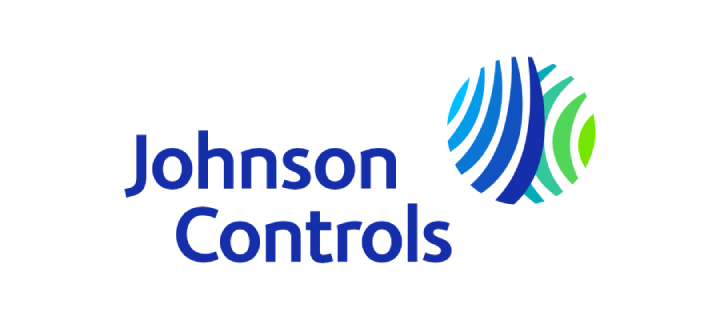




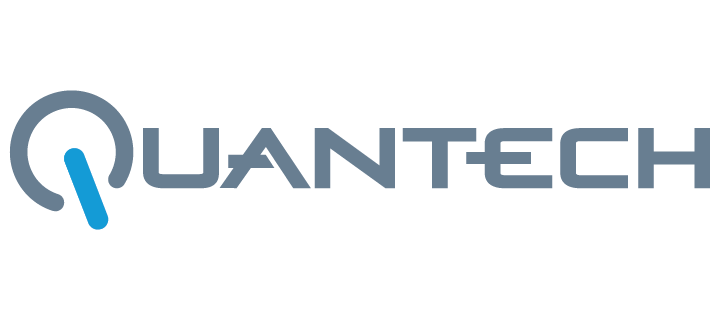
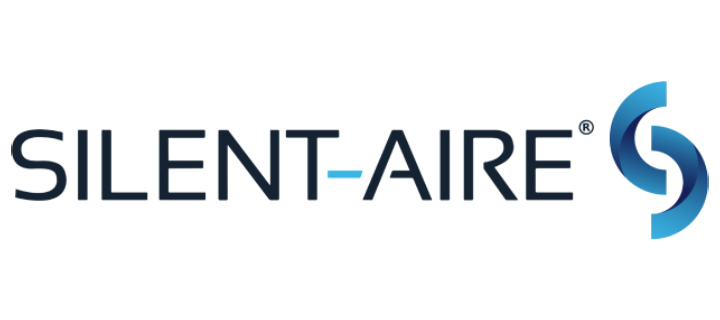

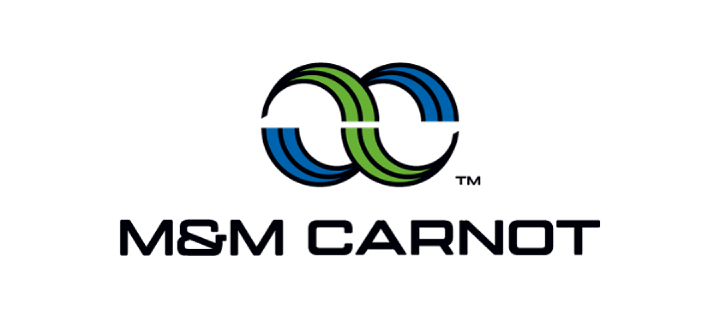

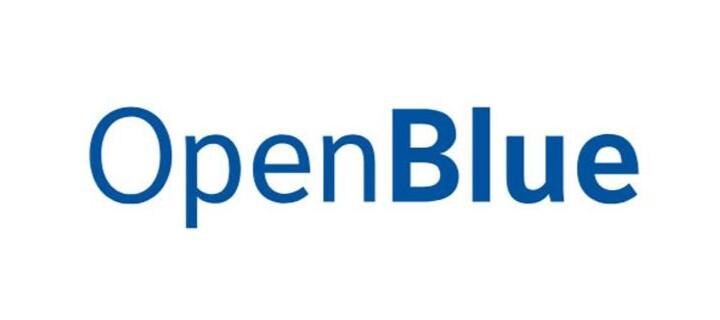
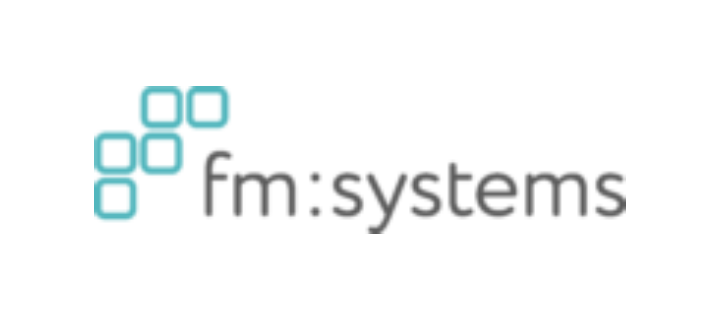



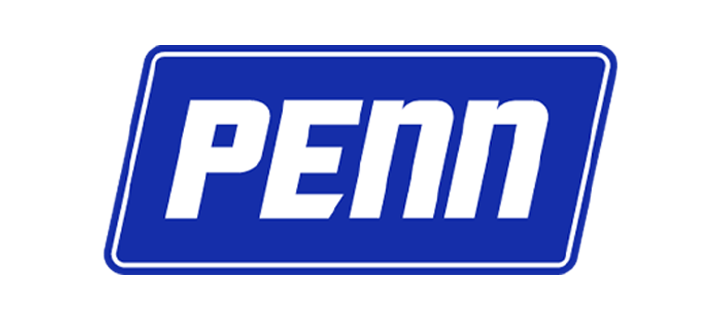

.jpg?la=en&h=320&w=720&hash=244C75B74F0F77521D56164450973BCD)
